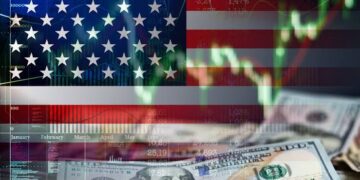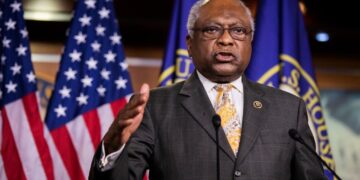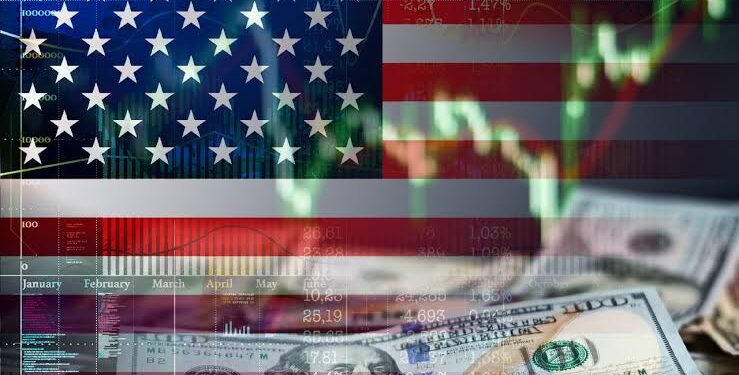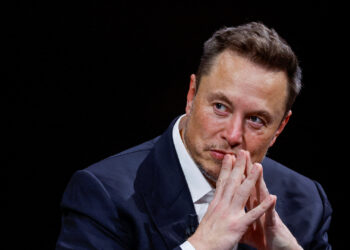By John Ikani
US inflation reached a four-decade high in June, with consumer prices soaring by 9.1% compared to the previous year, the US government said on Wednesday.
That’s the highest level since 1981 and higher than the previous reading, when prices rose by 8.6% for the year ended in May. It is also much higher than the 8.8% that economists had predicted.
The Consumer Price Index for June also showed that overall prices that consumers pay for a variety of goods and services rose by 1.3% from May to June.
Much of the June increase was driven by a jump in gasoline prices, which were up nearly 60% over the year.
Americans faced record-high gas prices last month, with the national average topping $5 a
gallon across the country.
Electricity and natural gas prices also rose, by 13.7% and 38.4%, respectively, for the 12-month period ended in June. Overall, energy prices rose by 41.6% year-over- year.
The increases, however, were felt across all categories. Prices for food at home were up 12.2% over the year, with eggs up 33.1%, butter up 21.3%, milk up 16.4%, chicken up 18.6%, and coffee up 15.8%. Shelter costs were up 5.6%.
The increase in prices is putting further pressure on US households, likely to lead the Federal Reserve to hike interest rates significantly again.
Inflation at that level would make it highly likely the Federal Reserve will implement another large interest rate increase at its next meeting in two weeks. Higher rates are intended to cool consumer and business spending and slow the economy and inflation.
Some economists have held out hope that inflation might be reaching or nearing a short-term peak. Gas prices, for example, have fallen from the eye-watering $5 a gallon reached in mid-June to an average of $4.66 nationwide as of Tuesday — still far higher than a year ago but a drop that could help slow inflation for July and possibly August.
In addition, shipping costs and commodity prices have begun to fall. Pay increases have slowed. And surveys show that Americans’ expectations for inflation over the long run have eased — a trend that often points to more moderate price increases over time.
Yet for now, the relentless spike in inflation has caused a steep drop in consumers’ confidence in the economy, sent President Joe Biden’s approval ratings tumbling and posed a major political threat to Democrats in the November congressional elections.
Forty per cent of adults said in a June AP-NORC poll that they thought tackling inflation should be a top government priority this year, up from just 14% who said so in December.
Inflation is surging well beyond the United States, with 71 million people pushed into poverty in the three months after Russia invaded Ukraine, which further magnified energy and food prices, the U.N. Development Program said last week.
The war’s economic damage has been especially severe in Europe, with its reliance on Russian oil and natural gas squeezing businesses and consumers with sharply higher bills for utilities, groceries, gasoline and more. Inflation reached decades-high levels of 8.6% last month in the 19 countries that use the euro currency and 9.1% in the United Kingdom in May.




































